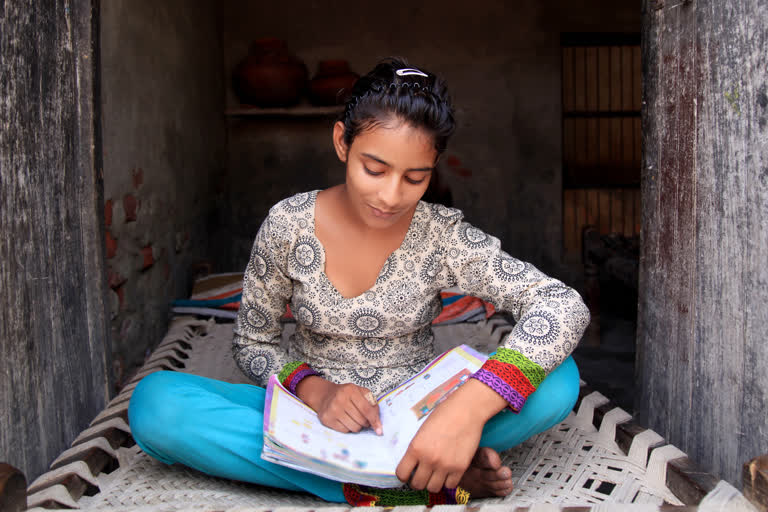Anemia is the major public health problem among adolescent girls. According to Dr. Suman Jain, In India, the prevalence of anemia among adolescent girls is found to be 56% and this amounts to an average of 64 million girls at any point in time. Adolescence is a unique intervention point in the life-cycle.
Reasons for the high incidence of anemia among adolescent girls could be poverty, increased requirement during a growth spurt, blood loss during menstruation, nutritional status, hand hygiene, low intake of iron-rich food, erratic eating habits, and worm infestation. Other important causes of anemia worldwide include infections, other nutritional deficiencies (especially folate and vitamins B12, A, and C), and genetic conditions (including sickle cell disease, thalassemia – an inherited blood disorder – and chronic inflammation) and severe malaria and may be associated with a secondary bacterial infection.
Common symptoms to identify anemia in young girls
Symptoms of anemia in young girls include:
- Pale face
- Tiredness
- Feel dizzy or lightheaded
- Moody
- Have a fast heartbeat
- Have Jaundice (Yellow skin and eyes)
- Enlarged spleen
How does it affect growth, development,and academic performance in girls?
One of the major consequences of the physiological changes and the nutritional neglect which happens during this period is anemia. Anemia affects their attentiveness, memory, and school performance and retention in school and attendance. It also causes delays in the onset of menses, affects the immune system leading to infections. If the anemic adolescent girl becomes pregnant, it may impact the growth of the baby in the womb as well as the mother. As growing pregnant adolescents compete with the growing fetus for nutrients, anemia in pregnancy will be worse than in older women.
